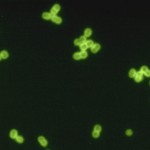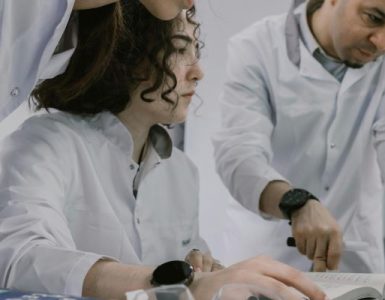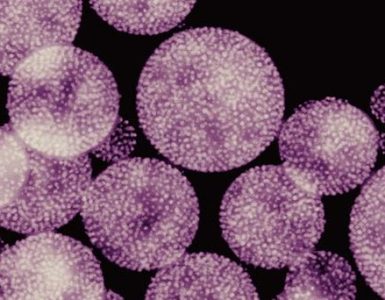
Using a cross-sectional study, Stefan Flasche and colleagues investigated the effects of the UK pneumococcal vaccination program on serotype-specific carriage and invasive pneumococcal disease.
There are more than 90 Streptococcus pneumoniae serotypes that can cause invasive pneumococcal disease (IPD). The pneumococcal conjugate vaccine PCV7 contains antigens from seven serotypes responsible for IPD. Immunization with PCV7 prevents both IPD disease and carriage of these seven serotypes, but after vaccination non-vaccine serotypes could colonize the nasopharynx. There are concerns that this “serotype replacement” could reduce the benefits of vaccination.
This cross-sectional study examined nasopharyngeal swabs taken from PCV7-vaccinated children and their families for S. pneumoniae, determined the serotype of any bacteria found, and compared the proportion of people carrying S. pneumoniae (carrier prevalence) and the distribution of serotypes in this study population with a similar population that was studied in 2000/1, before the PCV vaccination program began. Carriage of vaccine serotypes decreased in vaccinated children and their contacts whereas carriage of non-vaccine serotypes increased. The invasiveness of the replacing serotypes was generally lower than those of the original serotypes, which resulted in a net reduction in IPD in children. But three serotypes not present in the vaccine had emerged that had high invasiveness potential.
Although the recent introduction of PCV13 into UK vaccination schedules is likely to have an incremental benefit on the reduction of IPD compared to PCV7, this benefit might be offset by increases in the carriage of some high invasiveness serotypes. These emerging serotypes should be considered for inclusion in future vaccines.
Source: ScienceDaily

















